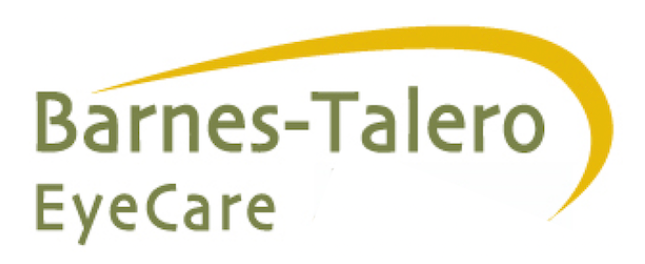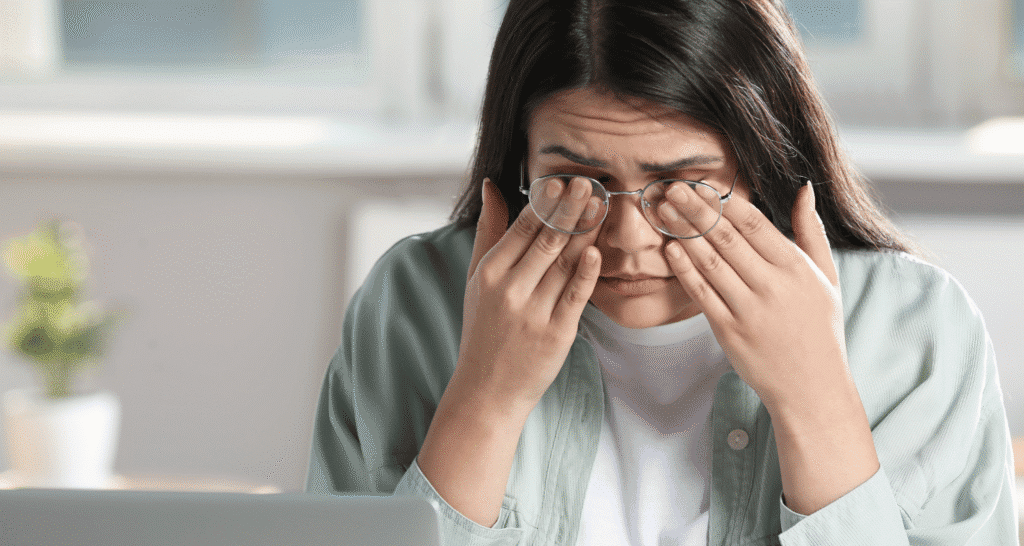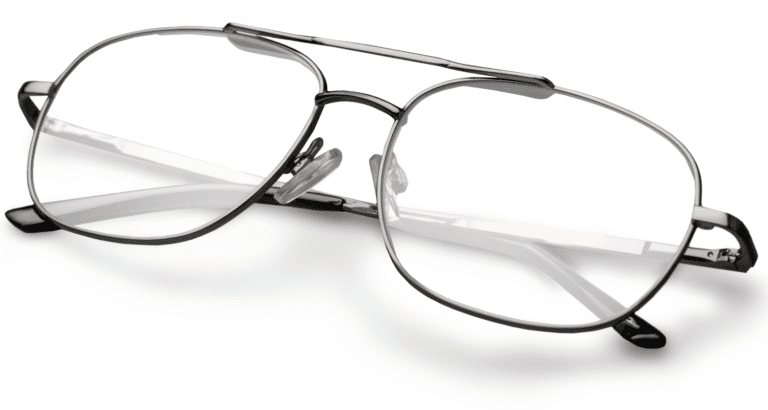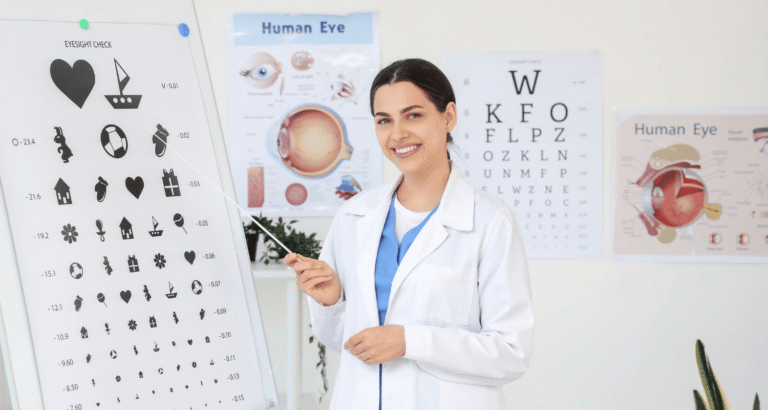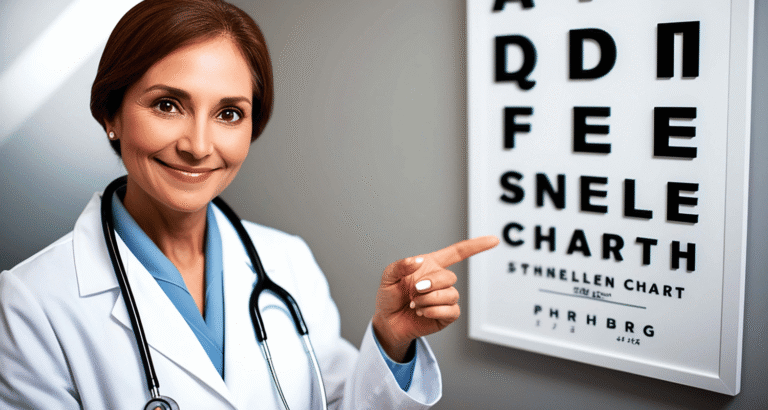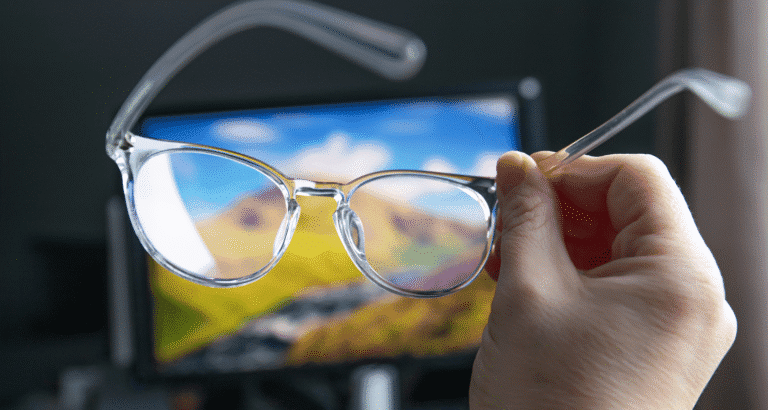Dry eye syndrome is a prevalent disorder that has been associated with millions of individuals across the globe. It arises when the eyes fail to produce the required amount of tears or the tears dry off very fast. The outcome is pain, blurred vision, burning of the eyes, and, in some cases, permanent injuries to the ocular surface. Since tears are vital for keeping the eyes healthy and in good sight, it is important to treat dry eye syndrome. Learn how to treat dry eye syndrome.
Tear Film Instability and the Causes of Dry Eye
The tear film consists of three layers, namely, oil, water, and mucin. These layers work together to keep the eye wet, healthy, and shielded. Tear film instability is experienced when one or more layers are compromised. This is one of the major causes of dry eyes due to its instability.
Dry eyes may occur due to many factors, including aging, hormonal shifts, autoimmune diseases, excessive screen time, the environment, and some medications. The first step to successful treatment is finding out the crucial factor that causes it.
Artificial Tears Dry Eye Treatment
Artificial tears are the first step in treating symptoms of dry eye for many patients. These are lubricating drops that can be found on the shelf and can be taken to ease the pain in a short-term manner. Some formulations contain preservatives, while others do not. Preservative-free drops are advised for moderate or severe symptoms or when the person uses the drops frequently.
Artificial tears are similar to natural tears as they restore moisture to the eyes. Gel droplets and ointments, which are applied at night, are longer-lasting. But even as they decrease the symptoms, they fail in treating the underlying condition.
Meibomian Gland Dysfunction Treatment
Another frequent cause of dry eye is meibomian gland dysfunction (MGD). These glands, located in the eyelids, produce oils that prevent tears from evaporating too quickly. Symptoms of dry eyes aggravate when the glands are obstructed or fail to create high-quality oils.
The management of meibomian gland dysfunction can also be carried out in several ways. Warm compresses of the eyelids are used to liquefy and release blocked oils. Moving the lids also stimulates the activity of glands. More sophisticated forms of relief include in-office treatments that are more effective in providing relief to unclogged glands, e.g., thermal pulsation therapy. Treatment of MGD results in not only an increase in comfort but also reestablishes tear film balance.
Home Remedies for Dry Eyes
The symptoms may be minimized by simple adjustments at home to support medical treatments. Warm compresses are used to release blockages of the gland, humidifiers are used to moisturize indoor conditions, and frequent screen breaks are all solutions found as home remedies to dry eyes. Another way to alleviate device-related dryness is to follow the 20-20-20 rule, which involves looking at something 20 feet away for 20 seconds every 20 minutes.
Hydration is an important factor in the health of the eyes, and thus, the consumption of adequate amounts of water during the day helps in the production of tears. The quality of the tear film can also be enhanced by incorporating a diet rich in omega-3 fatty acids, obtained from fish or supplements. Such solutions are most effective regularly.
Prescription Eye Drops for Dry Eye
In case of unresponsiveness to the over-the-counter solution, doctors can prescribe prescription eye drops to treat the dry eye. Restasis and Xiidra are the two most popular drugs.
Restasis (cyclosporine ophthalmic emulsion) decreases the inflammation of the tear glands and assists in raising the natural tear production. Noticeable results may take weeks to be attained. Lifitegrast ophthalmic solution (Xiidra), which is used in the treatment of dry eye disease, aims at the inflammation as the cause and has the potential for quicker relief.
The drugs are used in the long run and are aimed at curing the root causes of the dry eye as opposed to the symptoms.
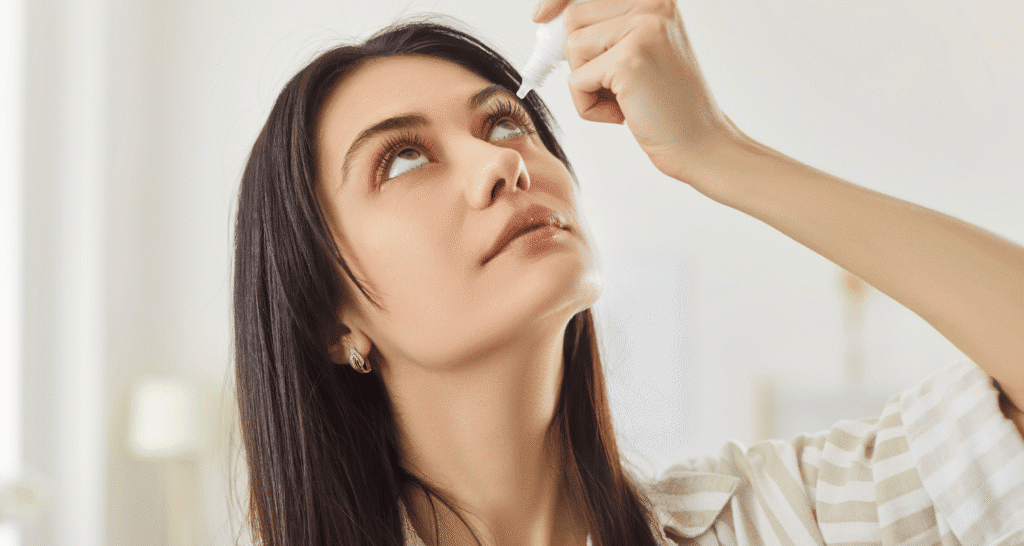
The Punctal Plugs Procedure
The punctal plugs procedure can also be proposed to patients who lose their tears significantly. The tear ducts are plugged with tiny plugs, which prevent the passage of tears onto the eye surface, enabling them to stay longer on the eye surface.
Punctal plugs are of two major types. Dissolvable materials are turned into temporary plugs, and it is common to test the effectiveness of the procedure with these temporary plugs. Silicone permanent plugs have longer-term results. The process is not painful, takes very little time, and is done at the office of an eye doctor.
Eyelid Hygiene and Warm Compress Therapy
Eyelid care is a daily routine that is an essential aspect of managing chronic dry eye. The warm compress therapy on the eyelid hygiene softens the oils in the meibomian glands, allowing them to flow more easily. Following the use of a warm compress, a mild massage of the eyelids assists in draining the oils.
Washing the eyelids with a clear cleaner or special lid wipes helps remove bacteria, debris, and inflammatory factors that lead to irritation. This routine helps relieve symptoms on a long-term basis and minimizes exacerbation.
Lifestyle Changes for Dry Eye Relief
Environmental and lifestyle factors tend to aggravate dry eye. Even such minor modifications can considerably influence symptoms. Lifestyle modifications in the treatment of dry eye include reducing screen time, using blue-light filters, and wearing wraparound sunglasses outdoors to protect against wind and dry air.
It is also important to avoid excessive evaporation of tears, so avoid direct exposure to fans, smoke, or air conditioning, etc. Conscious and full blinking of the eyes, particularly in the case of long concentration, ensures that the tear film is well spread. A healthy diet is also a way of enhancing the well-being of the eyes.
Intense Pulsed Light Therapy for Dry Eye
Intense pulsed light therapy for the eyes can help in cases of dry eye, particularly in its advanced stages or those associated with dysfunction of the meibomian glands. The treatment involves the use of regulated pulses of light on the skin surrounding the eyelids to decrease the inflammation, enhance the functionality of glands, and restore the tear film stability.
Several sessions are typically necessary to achieve good results. This therapy is usually very successful in treating patients who have ocular rosacea or chronic gland dysfunction on a chronic basis. It is one of the modern alternatives that offer sustainable relief in areas where conventional therapies prove ineffective.
Varenicline Nasal Spray for Tear Stimulation
Varenicline nasal spray is a new and more innovative treatment for dry eye. This prescription drug is not sprayed on the eye but on the nose, and it stimulates nerves that naturally produce tears.
The merits of this treatment include ease of use, rapid efficiency, and the ability to supplement other therapies. It is a substitute for patients with difficulties in using eye drops or who need extra procedures to increase the amount of tears.
Finding the Right Treatment Plan
The causes of dry eye syndrome are varied, and hence, there is no particular cure that fits all. A combination of therapies tailored to the individual’s needs is usually the most effective treatment plan. Milder cases can be handled with artificial tears and home remedies. Still, more chronic symptoms often need to be handled with prescription drugs, punctal plugs, or even more advanced treatment methods, such as intense pulsed light treatment.
A combination of continued eyelid hygiene and lifestyle modifications should never be left out in a holistic approach. A close collaboration with an eye care specialist is a guarantee that the cause, not just the symptoms, is treated.
Conclusion
Dry eye syndrome is a disorder that may significantly impact comfort, clarity of vision, and the overall quality of life. Whether it is the artificial tears dry eye treatment or the more advanced treatment methods like the intense pulsed light therapy to treat dry eye or the punctal plugs procedure, patients nowadays have a plethora of effective and useful choices available to them. Integrating professional therapies with home remedies for treating dry eyes, including regular eyelid hygiene, warm compress therapy, and careful lifestyle modification, would have a long-term impact. Prescription alternatives like Restasis, Xiidra, and the new varenicline nasal spray of tears are effective solutions in long-term management.
At Barnes Talero Eyecare, we believe in directing patients to the correct treatment regimen to recover comfort, safeguard their eyes, and enhance their quality of life.
